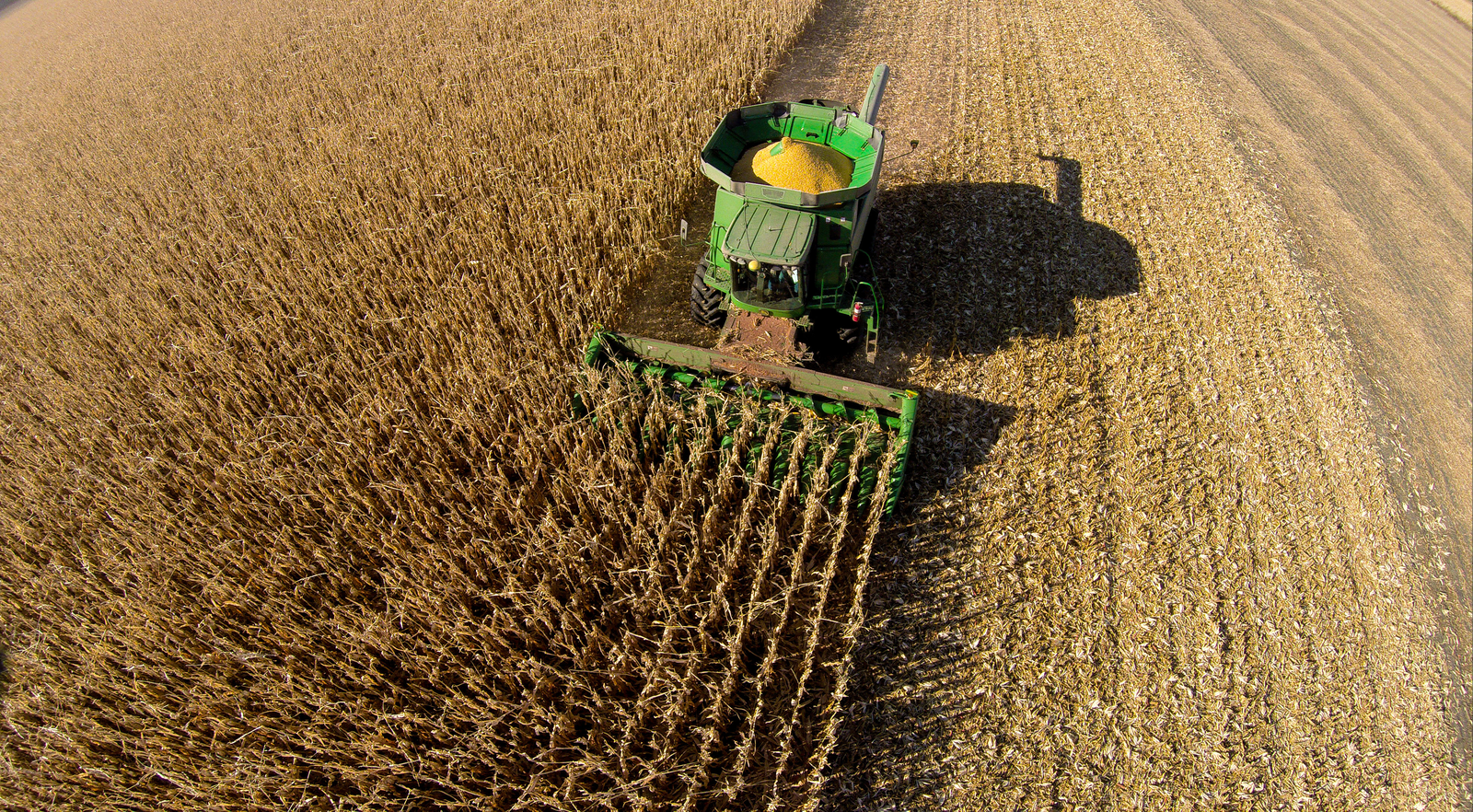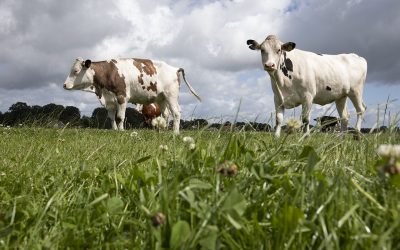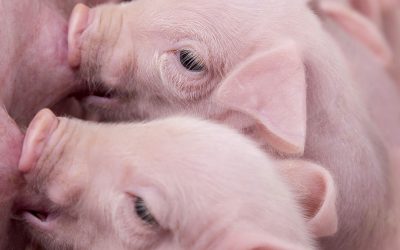Fighting corn disease with big data

A new model can identify over 99.4% of corn that is infected by the gray leaf spot disease.
Gray leaf spot is one of the most economically costly diseases of corn in the United States. Early blighting of the corn can lead to yield losses of more than 50%. A statistical model developed by the US company aWhere, and tested across the entirety of the corn belt, was able to successfully identify over 99.4% of the fields that were infected by the gray leaf spot disease while still maintaining a false positive rate of just 17%.
Also interesting:
Keeping wheat fungus under control in the US
The model was able to identify the diseased field from the healthy fields the vast majority of the time. The data used for this analysis was from the actual observation reports of a major crop scouting company in the corn belt. This index is able to assess weather patterns over a growing season to derive a single value that predicts whether a field is likely to be diseased or not.
Researchers at aWhere have had similar success with other economically important fungal diseases, including Northern Corn Blight, Common Corn Rust, Soybean Rust, Fusarium, Aspergillus, and others, in a number of crops, such as corn, soybean, wheat, and cotton, amongst others.











